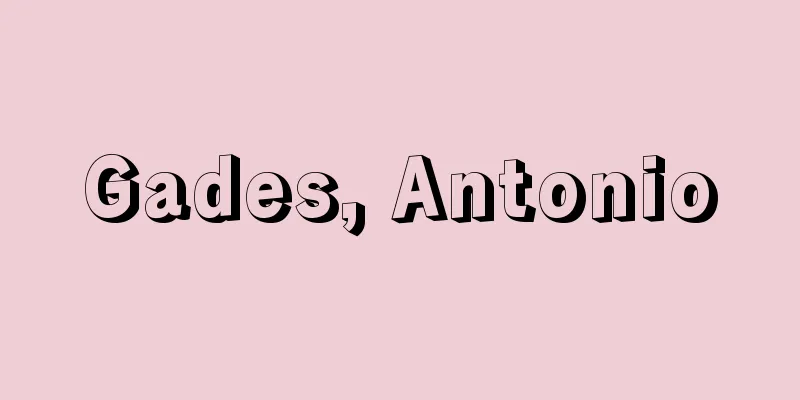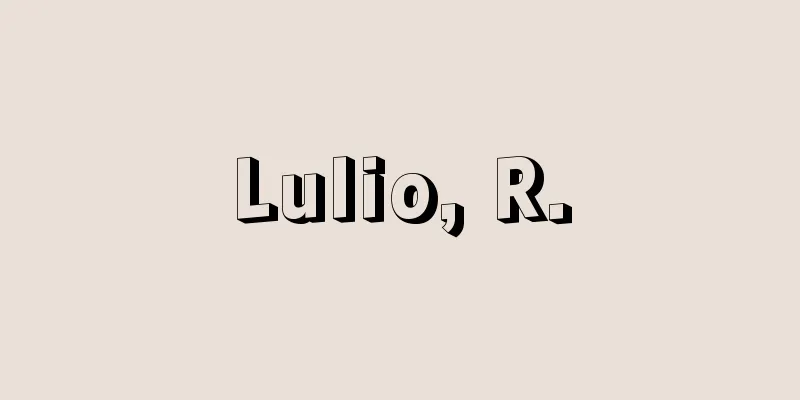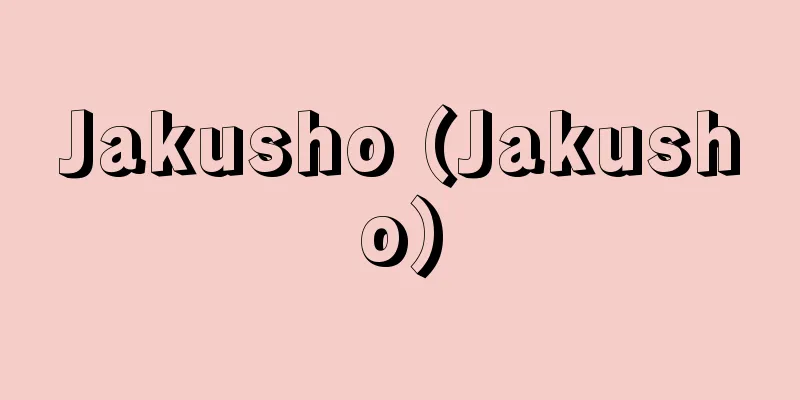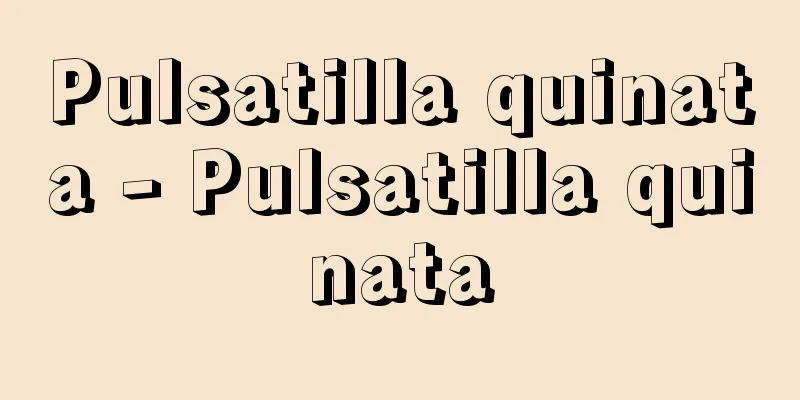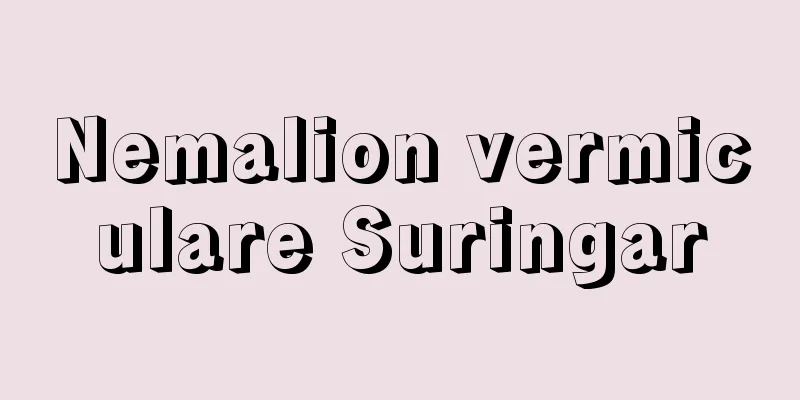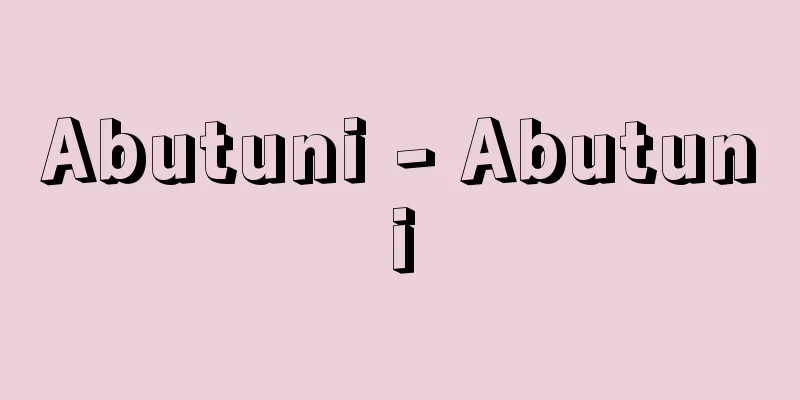Circular settlement - Kanjo Shuuraku
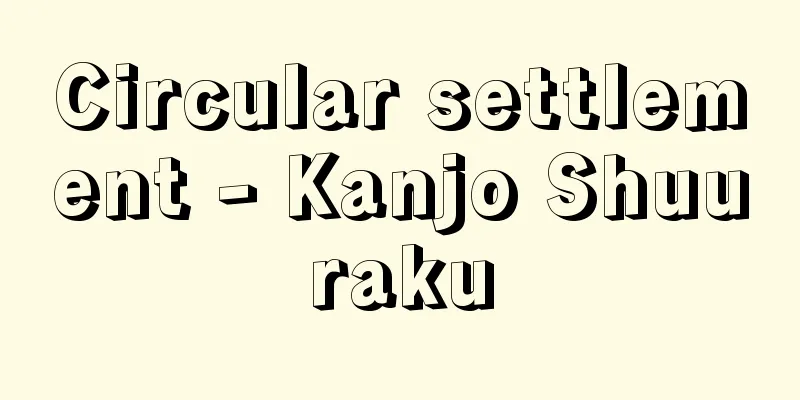
|
...In other words, as the size of the group expanded, the independence of the families within it became apparent. In particular, the pit dwellings began to form a circle around a central plaza, so-called circular settlements, and this became common in the Middle Period after the Early Period. Large circular and horseshoe-shaped shell mounds appeared in coastal areas. *Some of the terminology used to refer to "circular settlements" is listed below. Source | Heibonsha World Encyclopedia 2nd Edition | Information |
|
…すなわち集団規模が拡大するとともに,その内部に家族の独立性が顕現してきたのである。とくに各竪穴住居は中央の広場を囲んで円形に並ぶ,いわゆる環状集落の形態をとりはじめ,前期を経て中期には一般化する。海岸地帯では大型の環状貝塚や馬蹄形貝塚が出現する。… ※「環状集落」について言及している用語解説の一部を掲載しています。 出典|株式会社平凡社世界大百科事典 第2版について | 情報 |
>>: "Hancheng Weekly" - Kanjo Shuho
Recommend
Sidney Hillman
American labor movement leader. Born a Russian Je...
Picus
...There are 10 species of birds that live in Jap...
Temariuta (Japanese traditional handball song)
A type of children's song (warabeuta). Songs s...
Man-eating shark - Man-eating shark
A general term for sharks that harm and sometimes ...
Cucumber fly - Cucumber fly
Please see the "Cucumber Beetle" page. ...
Medial neurosecretory cell
...From here, the ocellar nerves emerge and numer...
Shiida [town] - Shiida
An old town in Chikujo District, eastern Fukuoka P...
Ainu wakame - Ainu wakame
…It is eaten as a substitute for wakame seaweed, ...
Temple of Jerusalem
The temple of the Jewish worship of God Yahweh wa...
Polyploid breeding
...Tobacco and cotton are good examples of this t...
Base level of erosion
...If no new relief is produced by internal proce...
Jang Bahadur Rana (English spelling)
…Nepal was defeated and was forced to cede territ...
SU(3) symmetry
Invariance with respect to the transformation grou...
United Republic of Tanzania
…Official name: United Republic of TanzaniaArea: ...
History of the Dutch East Indies
…During that time, he received his doctorate from...
